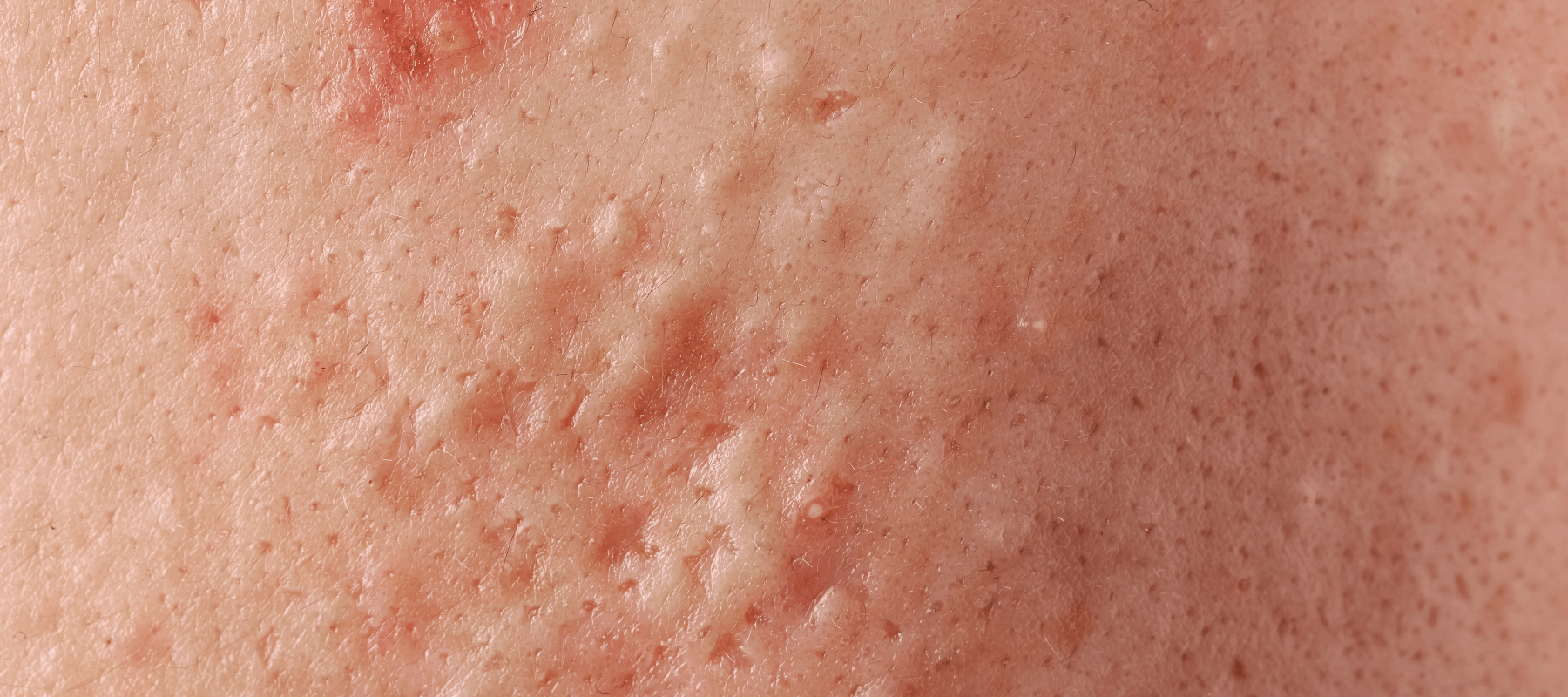
Your Ultimate Guide to Comedones on Face: Causes and Treatments
Acne breakouts are annoying and can bring down your entire confidence by affecting your appearance. What's worse is that you will come across different types of acne, and comedones on face are one of them. Jump into this article to learn in detail about comedones, how to identify them, and finally get rid of them.
What are comedones on the face?
Before learning about how to deal with them, you should know "what is a comedone." Comedones are a result of hair follicles getting trapped under oil and dead cells.
If you get comedonal acne on the face, you won't notice inflamed pustules or pimples. Instead, your skin will feel bumpy and get covered with non-inflamed blemishes. Moreover, you will start noticing blackheads on your face if you are affected by comedonal acne.
However, comedonal acne can get infected when it comes in contact with bacteria. Infected comedonal acne can transform into red bumps or pus-filled papules.
Also Read: Comedones 101: Comedones Meaning and Causes
How to identify comedones on the nose, cheeks, and chin
You need to learn to differentiate between regular and comedonal acne to effectively treat it. When you have comedonal acne, it won't look anything like your regular acne. In fact, some people with comedones don't even realise they have acne.
Comedones don't start off as inflamed pimples. In fact, they are not red and painful like regular acne. They are usually small, non-inflamed bumps that are either open or closed.
Your face, chin, forehead, and jawline are common places for comedones to appear. Most comedones on nose are in the form of blackheads or whiteheads. People might also notice comedonal acne on their neck, back, and chest.
The symptoms of mild comedonal acne include only a few odd blemishes on your skin. But if your comedonal acne gets severe, you might notice large areas of your skin covered by blemishes. While comedones often start showing together with acne vulgaris, they can also occur on your skin alone.
How to get rid of comedones
The main concern remains how to get rid of comedones after identifying them. Some skincare and makeup habits that will help you keep comedones at bay are as follows:
Clean your face at least twice every day
Washing your face in the morning and before bedtime or after coming back from outside is a good practice for healthy skin. Skincare experts also strongly recommend cleansing your face after any strenuous activity that makes you sweat. But finding the right product for eliminating impurities from the face remains crucial.
The Clearing & Calming Acne Face Wash from The Pink Foundry is your ultimate solution to remove dirt and bacteria build-up on your skin's surface. It is gentle on your skin and also offers a certain amount of hydration. This cleansing formulation can also even out the texture of your skin and get rid of dullness.
Use a non-comedogenic moisturiser
After cleansing your face, slathering some moisturiser is the wisest thing you can do. But a moisturiser that provides nourishment to your skin without blocking the pores is what you should be using. Don't look too far because the Acne Care & Healing Gel Moisturiser with Tea Tree & Cica is exactly what you need.
We have created this lightweight formulation to ensure that you don't have a greasy feeling on your face after applying moisturiser. It is the perfect solution for regulating sebum production and keeping all your pores open. As a result, it will work on active acne while preventing future breakouts at the same time.
Don't sleep with makeup on your face
It's understandable that after a long day outside, all you want to do is hug your bed and get lost in the land of dreams. But sleeping with makeup on is the worst thing you can do to your skin. No matter how tired you are, put in some effort to remove the layers of makeup and dirt from your face. It will definitely pay you off with healthy, clear, and glowing skin.
Keep your makeup brushes and sponges clean
Your makeup brushes and sponges can be home to sebum and dead cells. If you want to know how to remove comedones, the preventive step to keep your makeup applicators clean is a necessity. Usually, you will be able to clean your blenders, brushes, or sponges with warm and soapy water.
Conclusion
Comedones often start showing up around the teenage years due to hormonal fluctuations. But an individual can start having comedonal acne at any point in their life. Remain patient and embrace healthy skincare habits to tackle comedones before they transform into something severe and unmanageable. The Pink Foundry has the perfect acne-care range to help you combat comedones. So, check out the skincare products today!
FAQs:
Can comedonal acne be painful?
Comedonal acne doesn't start off as painful, inflammatory acne. But bacterial infection might cause your comedonal acne to get inflamed. Therefore, infected comedonal acne can be pretty painful.
Should I skip moisturiser if I have comedonal acne?
Irrespective of the type of acne you have, skipping moisturiser is never a solution. Instead, people with comedonal acne should look for a light moisturiser that will keep the pores unblocked.
Can comedonal acne be genetic?
You are highly likely to get comedonal acne if someone in your immediate family has it. But other factors like puberty, air pollution, and the use of oily skincare products can also trigger comedonal acne.























































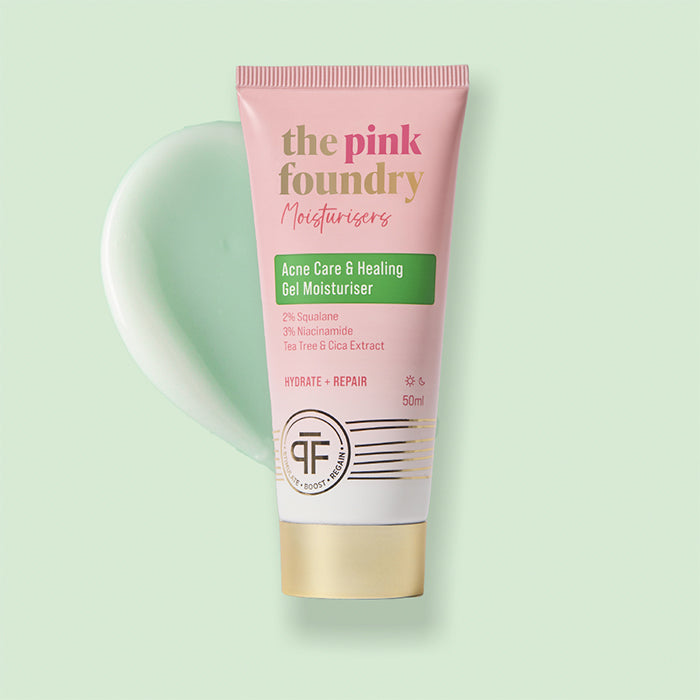
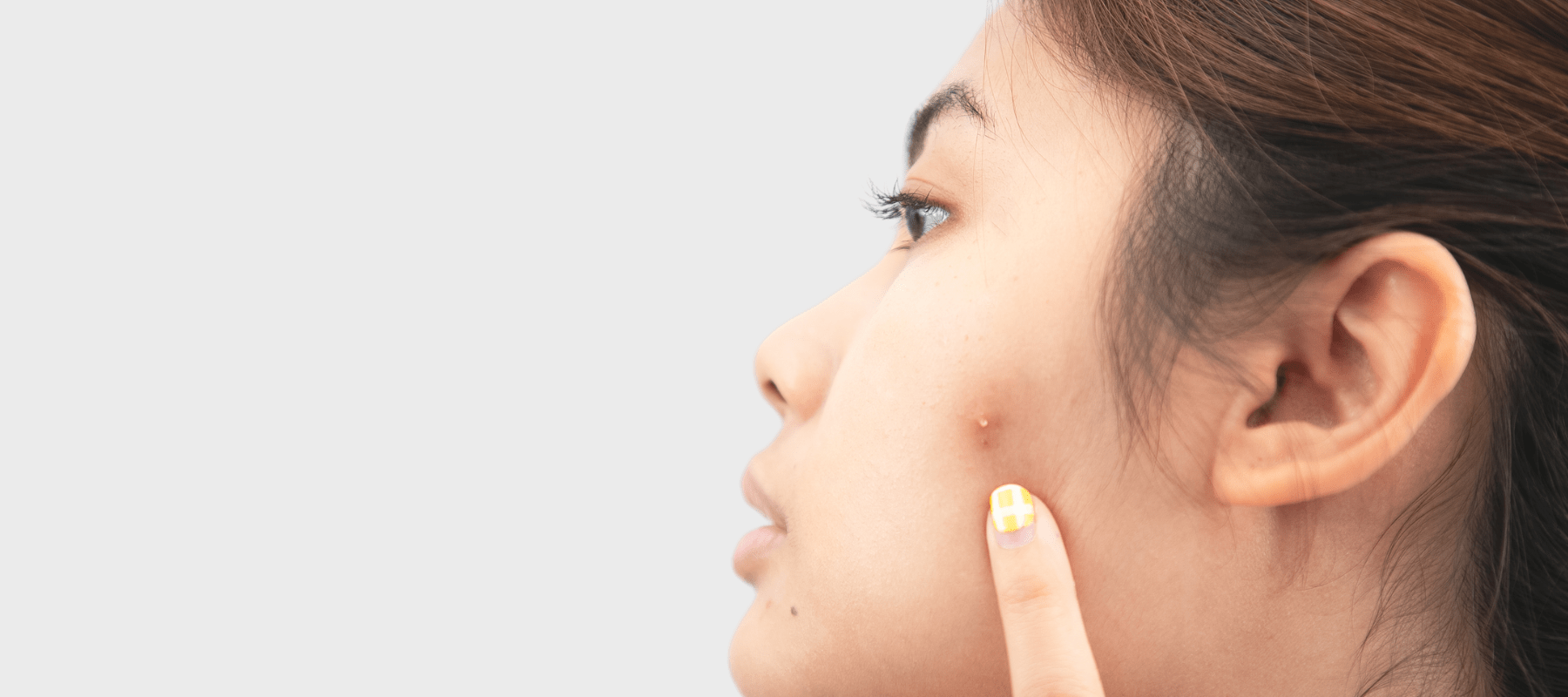
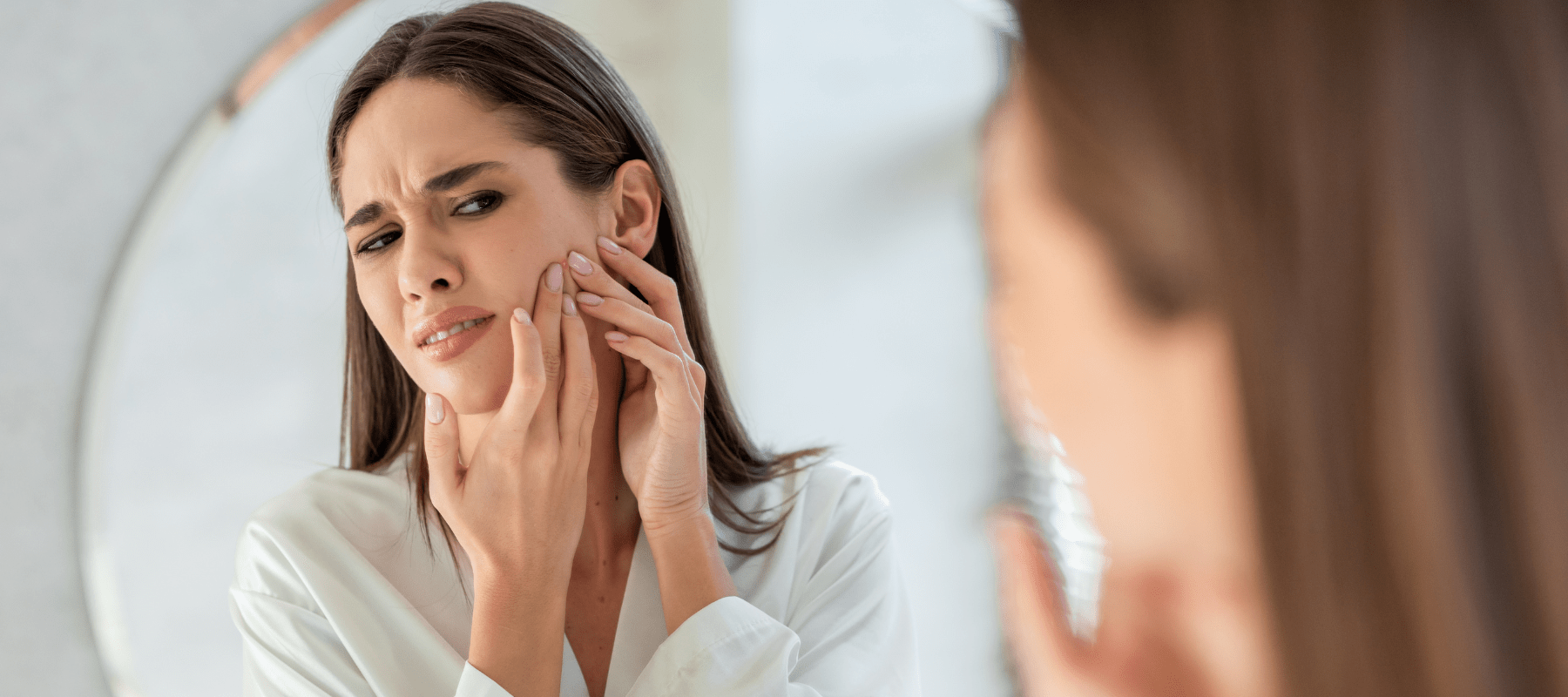
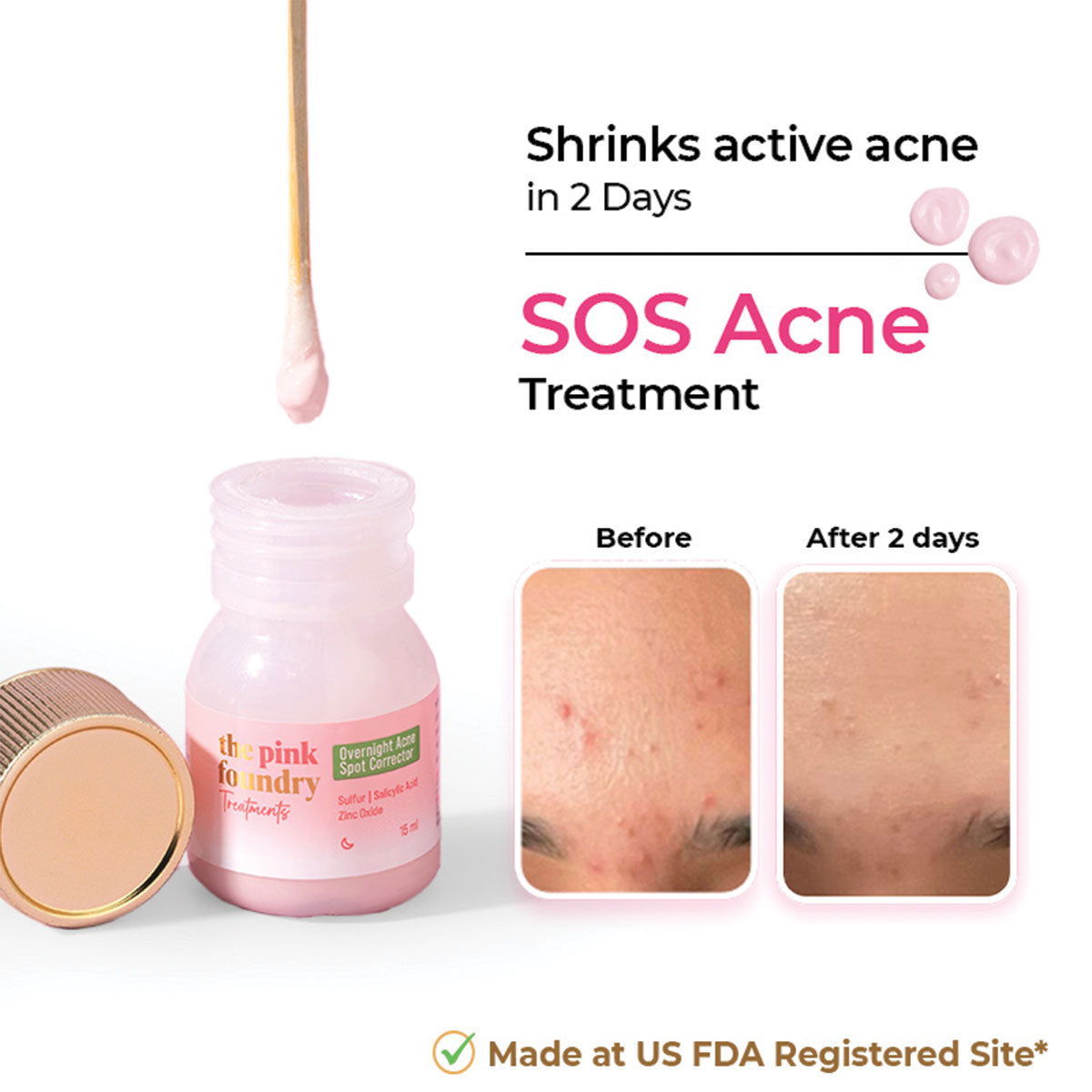
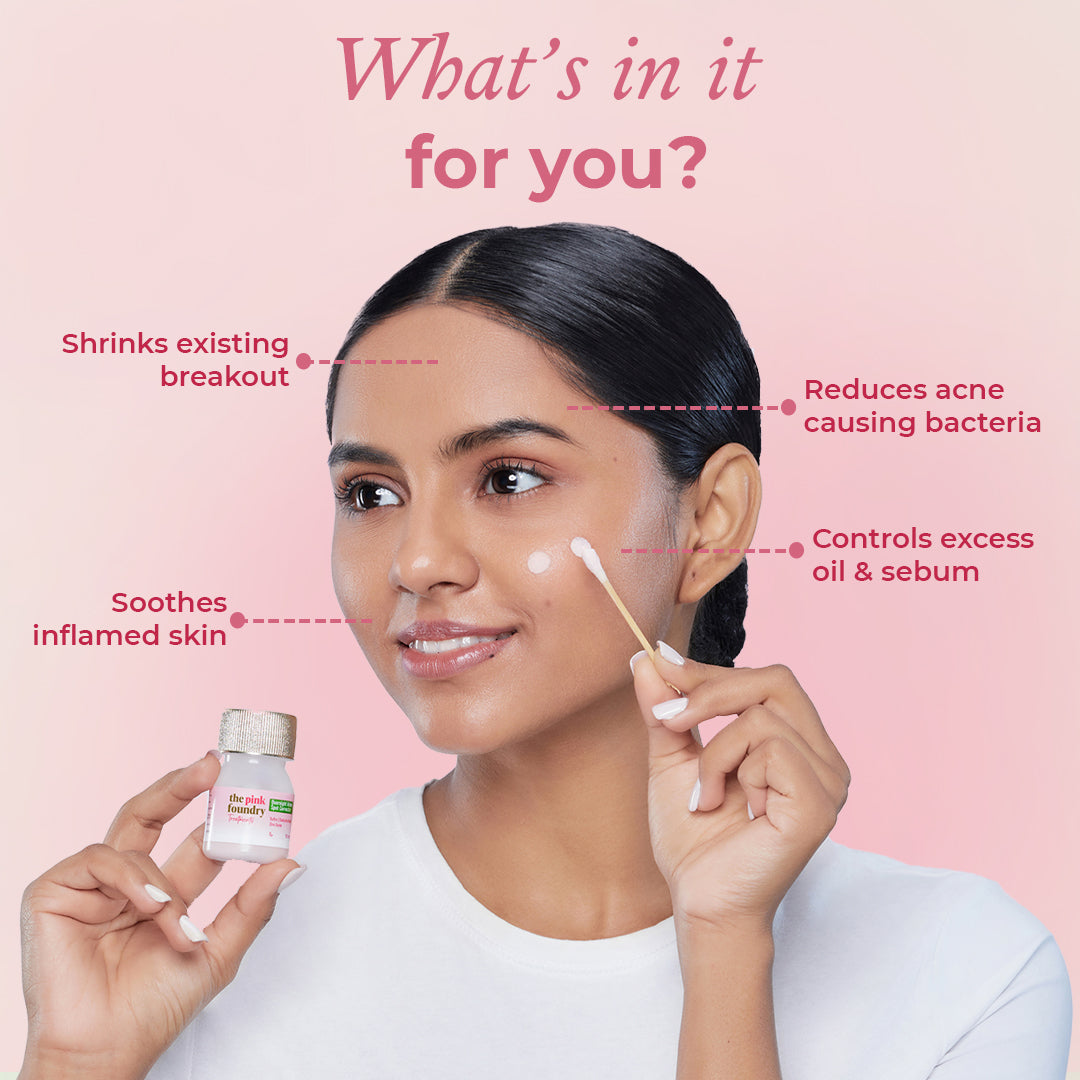
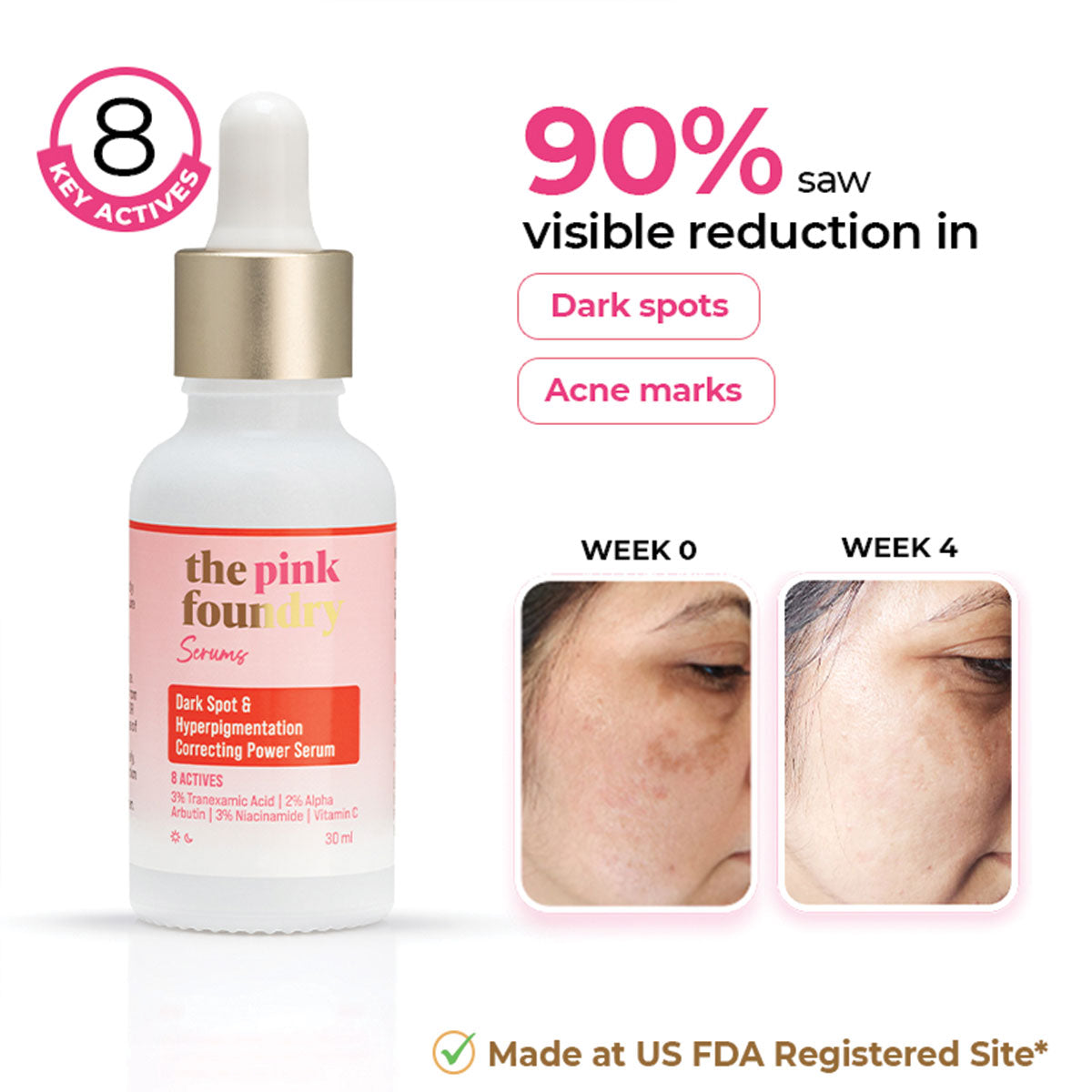
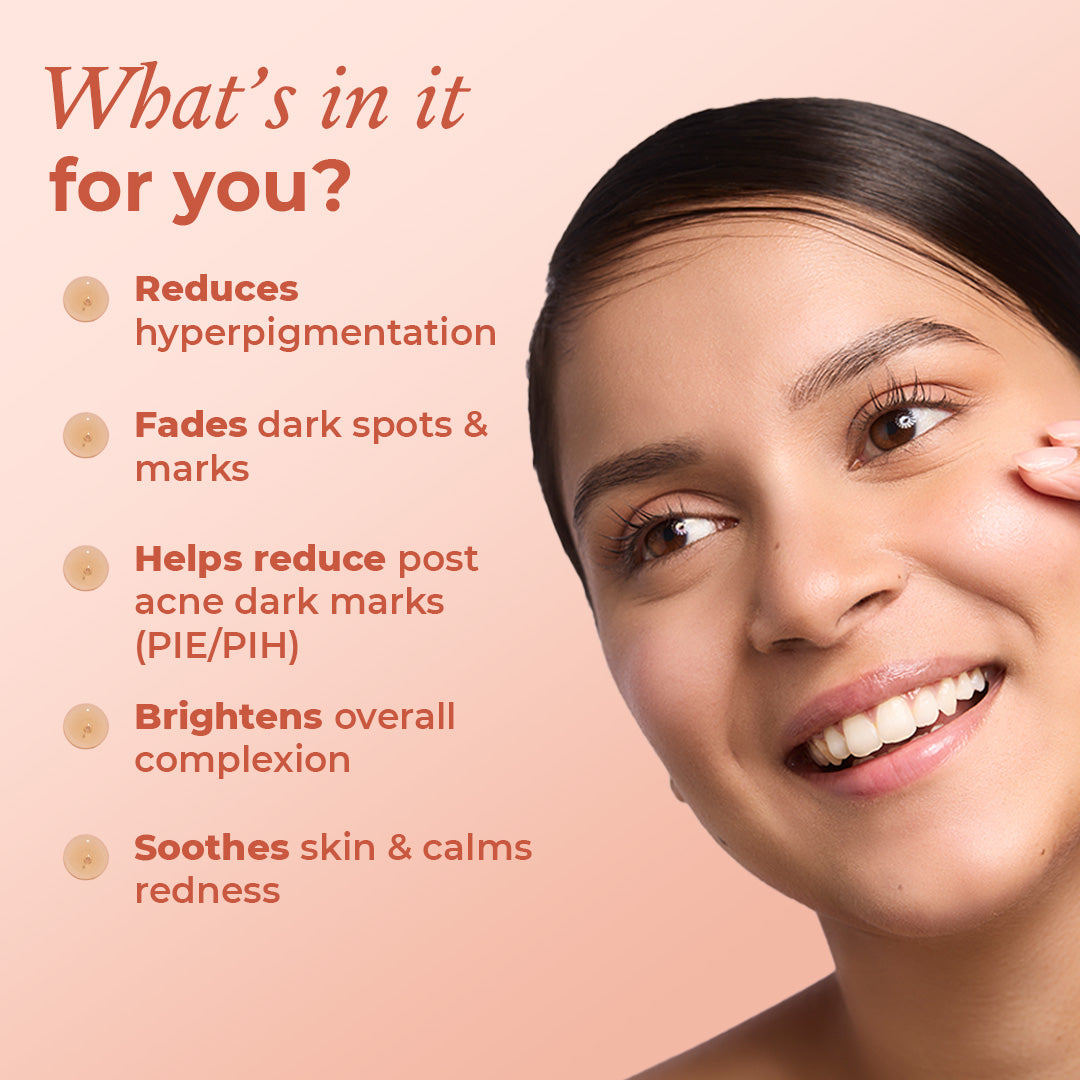
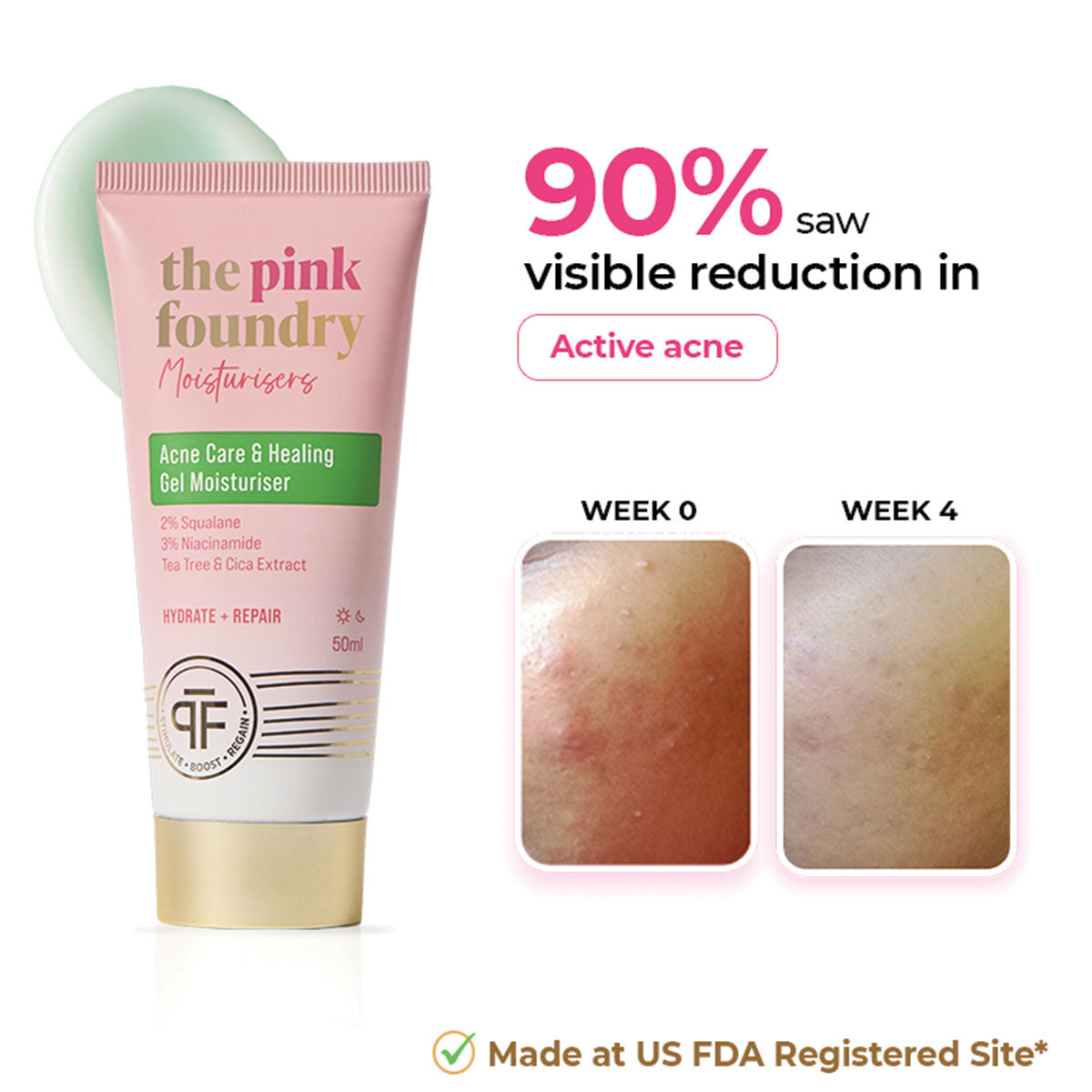
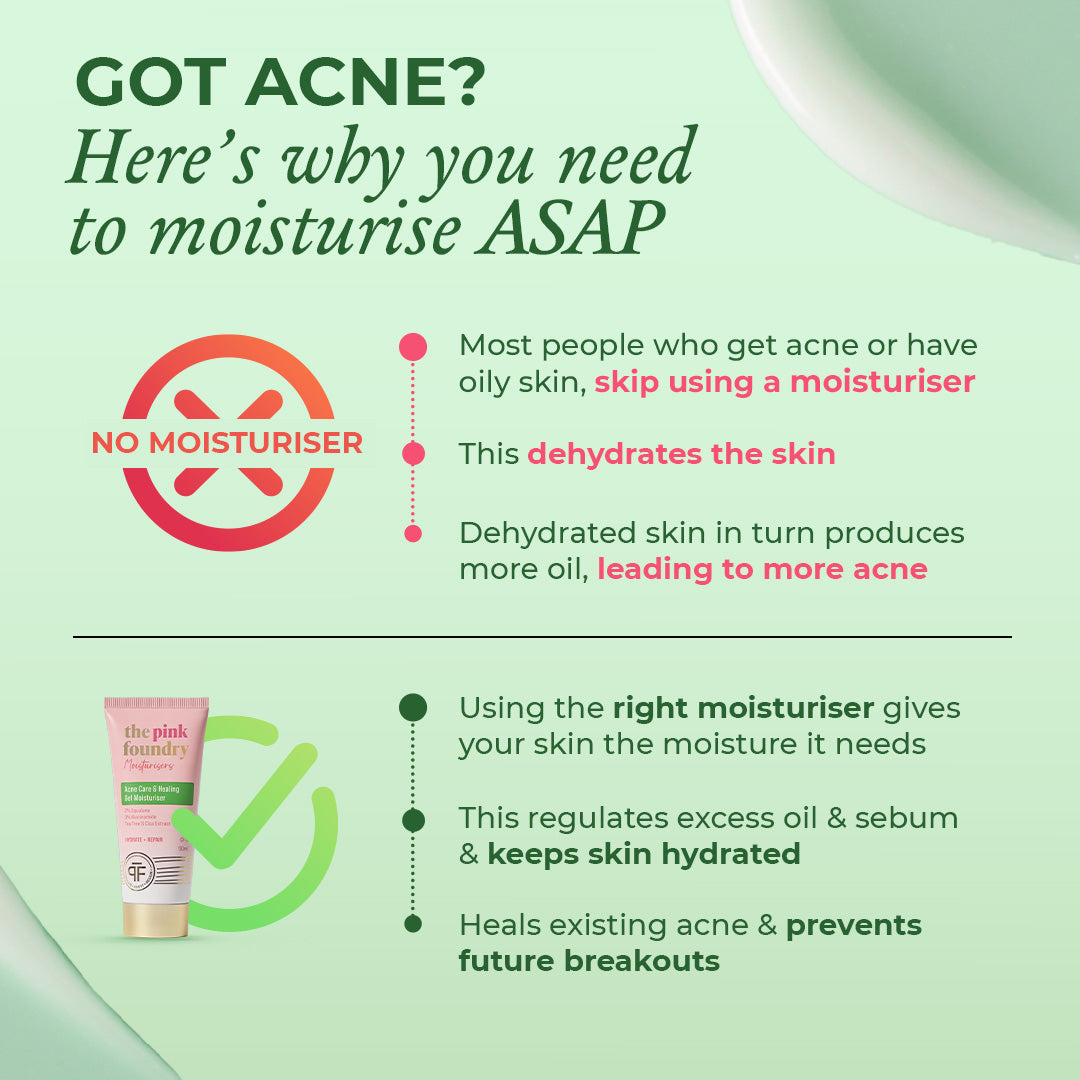
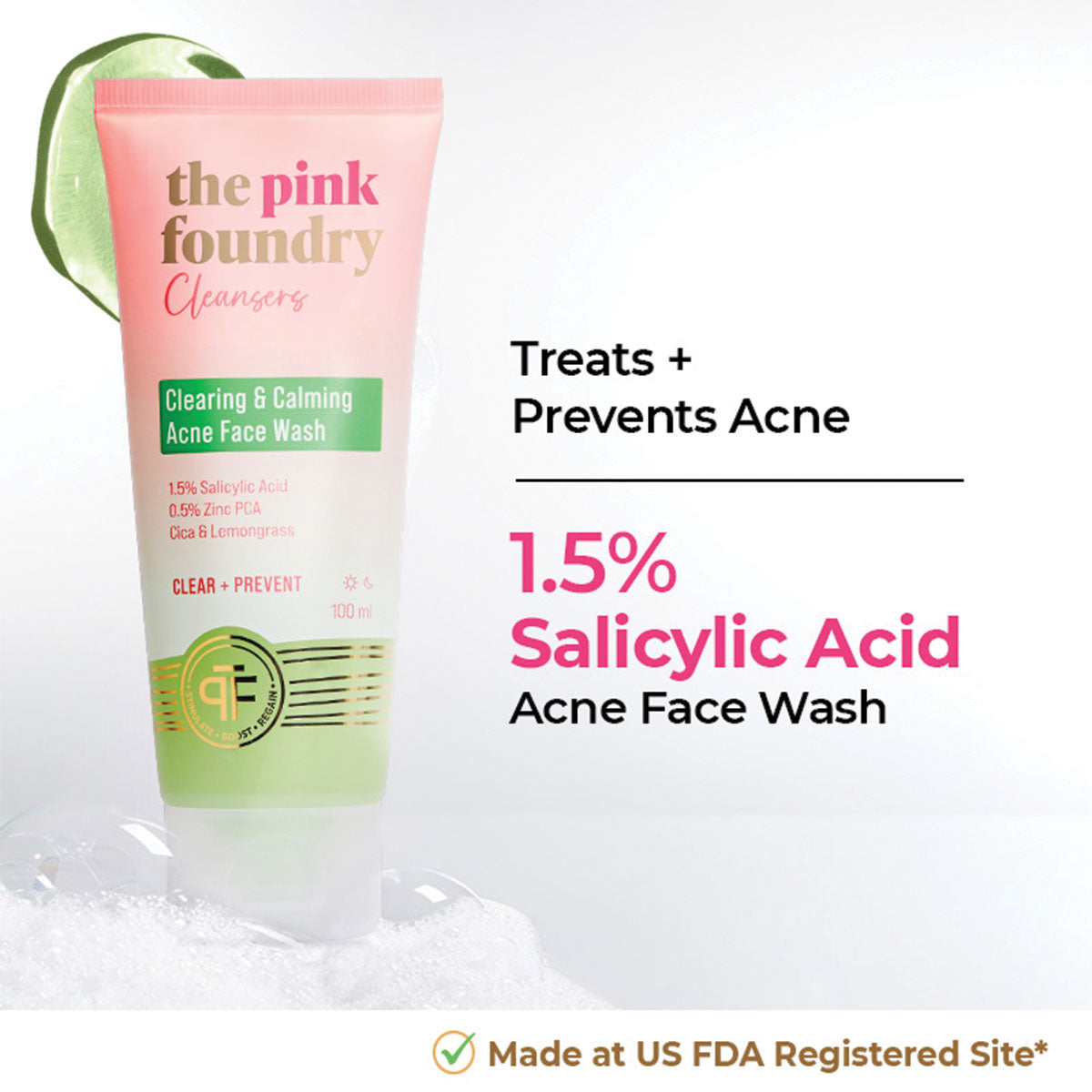
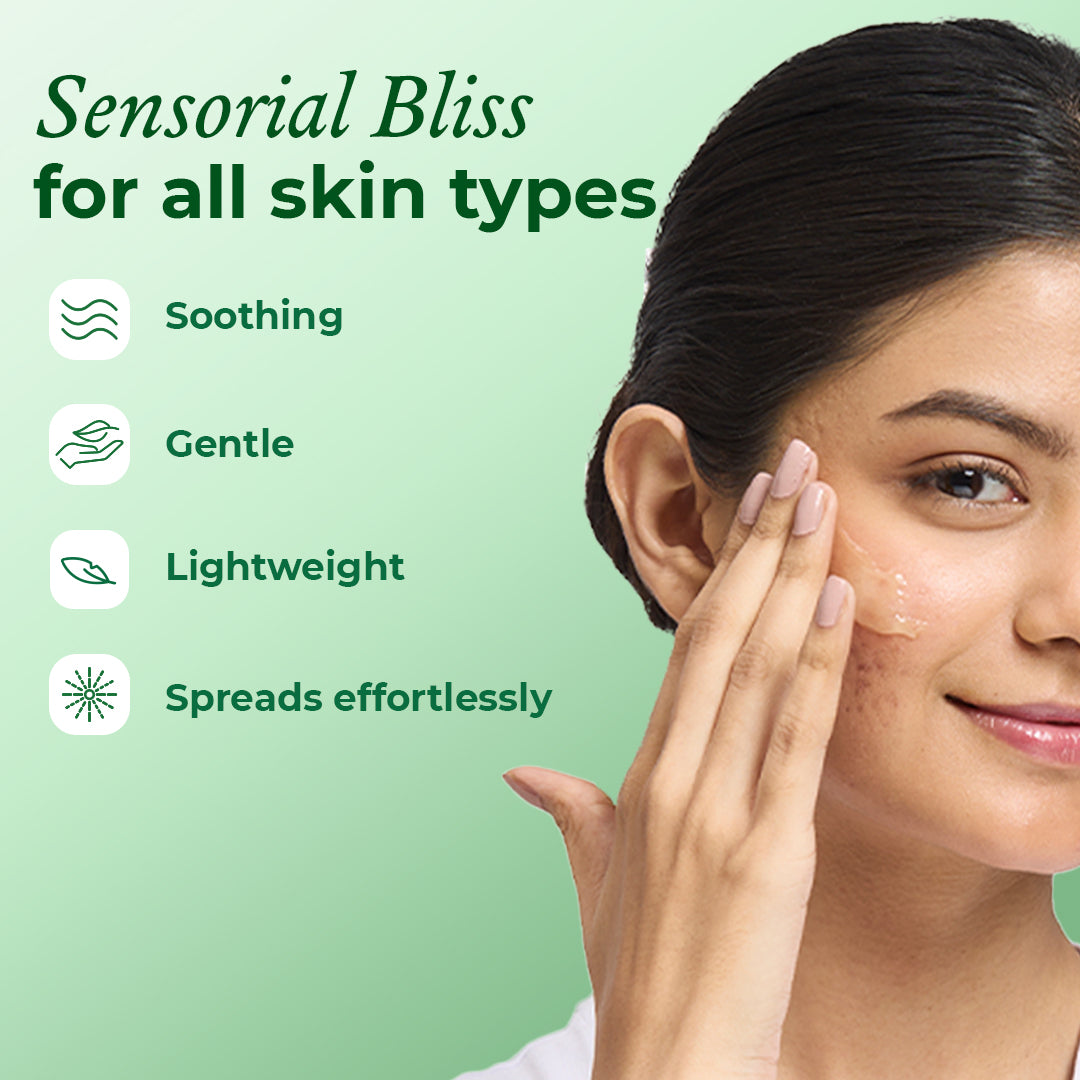
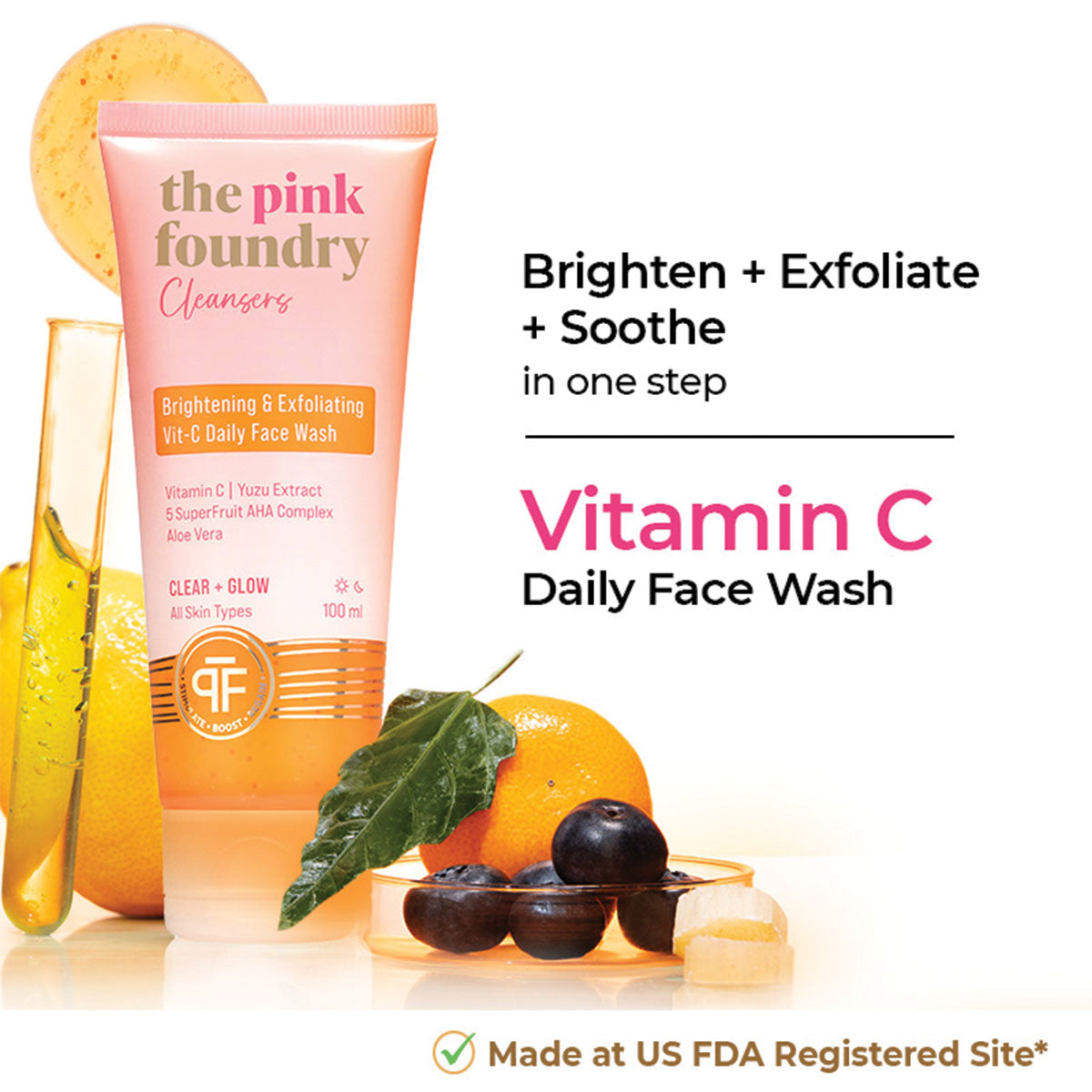
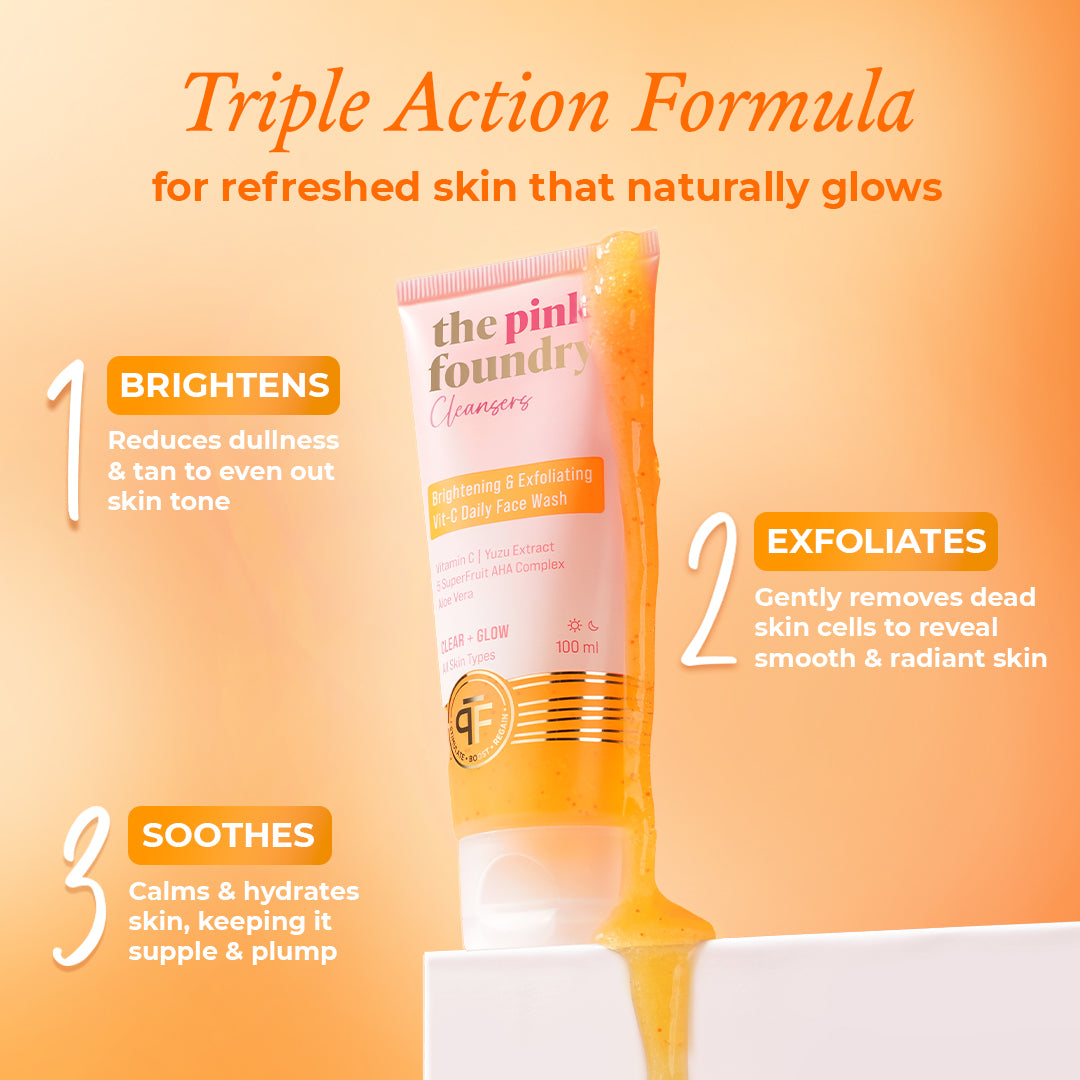

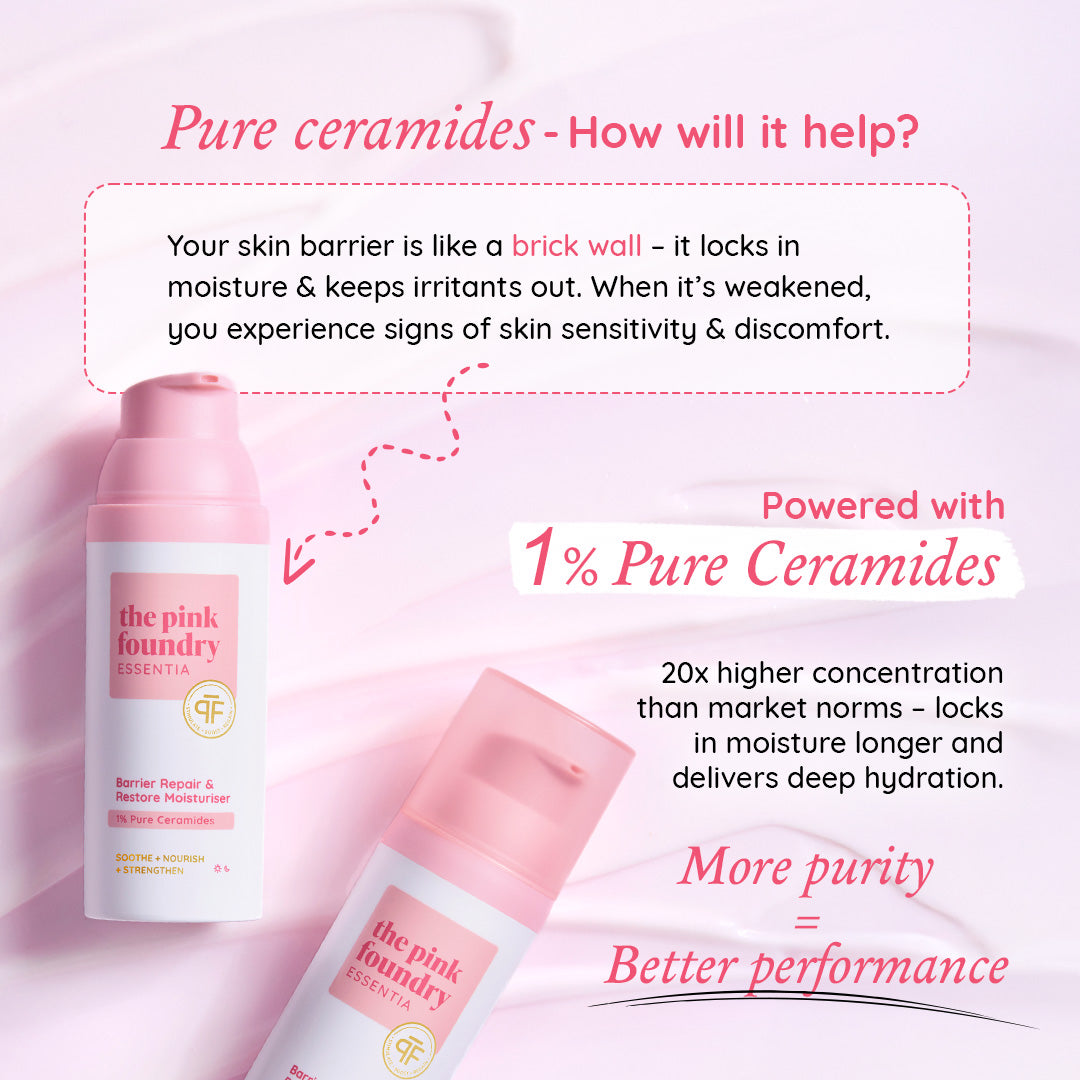




Leave a comment
This site is protected by hCaptcha and the hCaptcha Privacy Policy and Terms of Service apply.